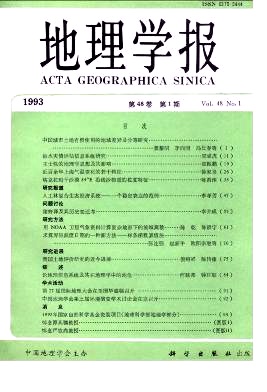Fan Zili
According to the history,the oases in Tarim Basin can be divided into ancient oases,old oasis and new oases. Based on landform they can be classified as valleys,alluvial fans,alluvial plains and river terminus. The formation is affected by hydrology,landform,soil,vegetation and other natural factors,and it is also affected by the enhancement of water conservancy technique,the improvement of productive tool and the growth of population. The development and evolution of oases is mainly decided by the human utilization of water resources. The ancient small oases are mostly distributed in the lower reaches of rivers. Along with the development of agriculture and the enlargement of oases,water becomes insufficient in the lower reaches,which causes the oases moving towards the piedmont area. As a result,the oases in the lower reaches were compelled to be abandoned due to the shortage of water. The further enlargement of oases can not be satisfied by using the water from river channels hence the plain reserviors should be constructed to regulate runoff. That is the reason why the new oases irrigated by using reservoirs are mostly located around the old piedmont oases. Strong winds and sands,serious salinization and river course change are the natural causes for the disappearance of ancient oases. The main human cause is the agricultural irrigation which results in temporal and spatial changes of the distribution of surface water.
